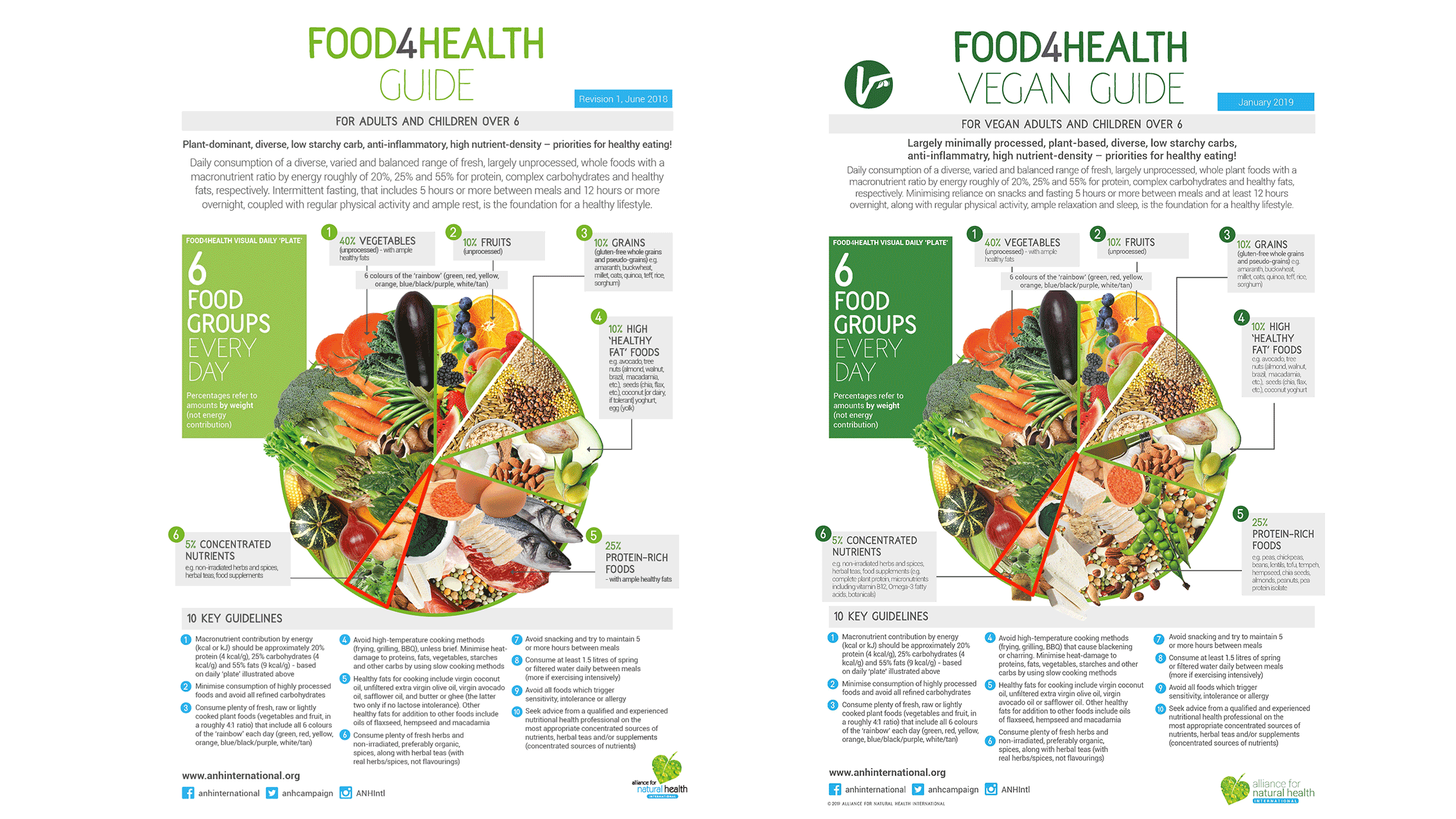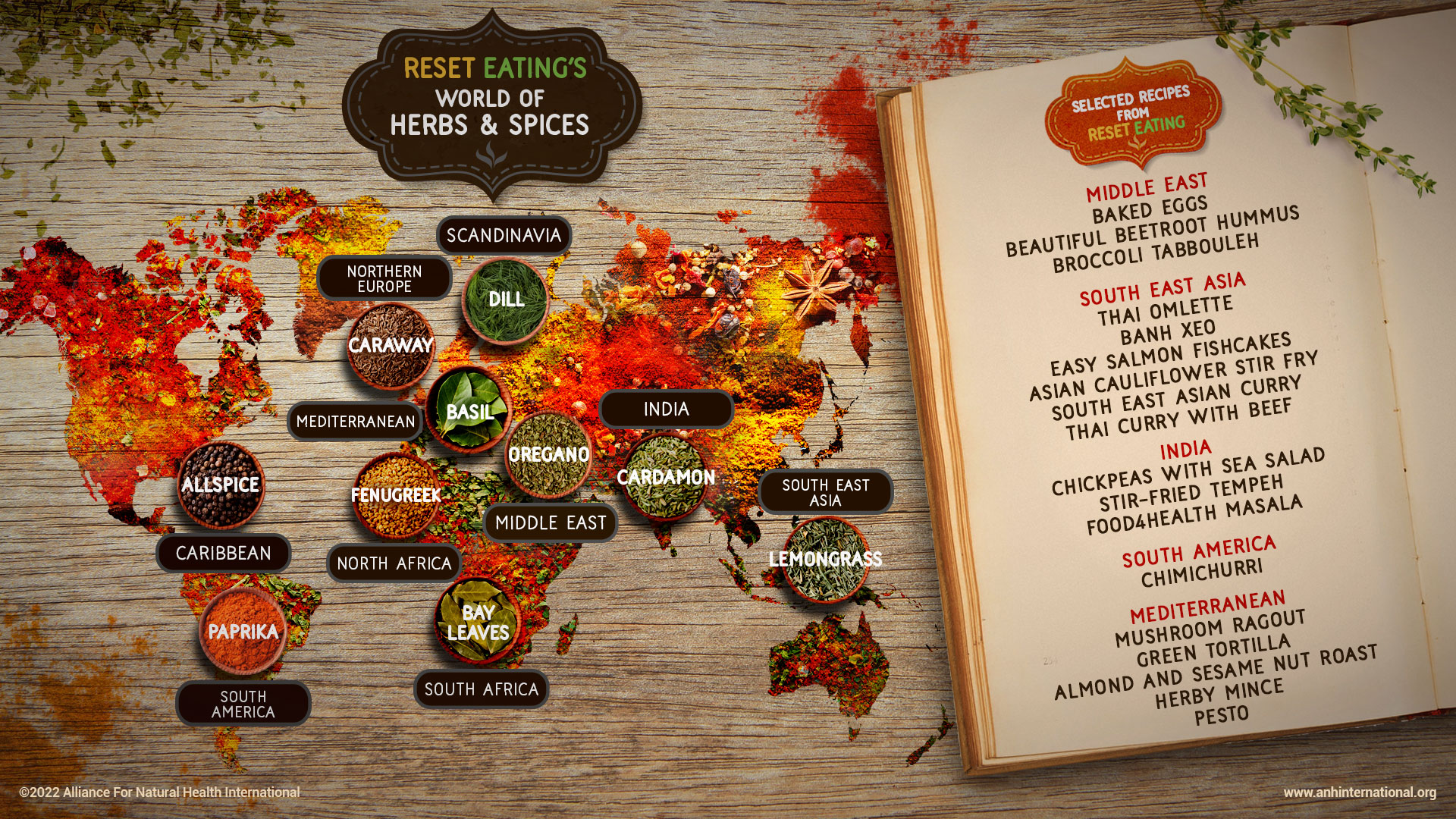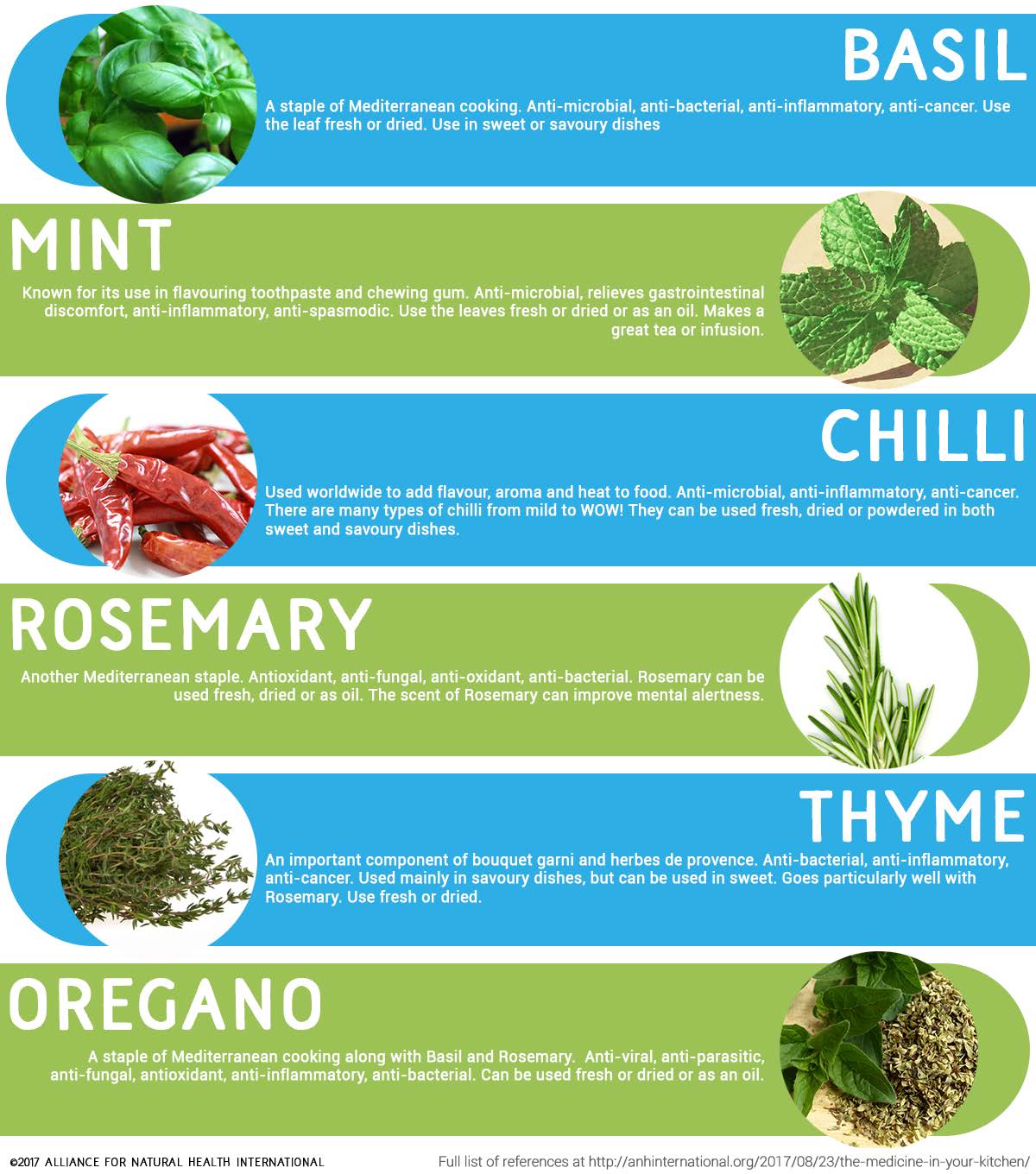Date:23 March 2022
Content Sections
- ● A world of herb and spice
- ● Powerful phytonutrients
- ● Quality counts
- ● Make your kitchen part of your medicine cabinet
One of the biggest health impacts in this world of ready-made meals, fast-food eateries on every corner and the lost art of home cooking, is the loss of real, fresh, soil-grown, non-irradiated, herbs and spices in the food we eat. Particularly known for their contribution to taste – less so for their contribution to health – most commercial culinary herbs are heavily degraded and may include a plethora of synthetic flavourings to mimic a myriad of cultural flavours. In the properly cultivated and prepared state, they contribute so much more to our diets than just flavouring.
“A herb is the friend of physicians and the praise of cooks.”– Charlemagne – 9th Century
Herbs and spices, grown and prepared as nature intended, pack a heavy punch of plant nutrients (phytonutrients) that can work wonders for a healthy mind and body. A little goes a long way, but such is their power and importance to our health that we devoted an entire segment in our Food4health guideline ‘plate’ to herbs and spices – the fresh, soil grown, non-irradiated kind wherever possible.

The ANH Food4Health Guidelines for omnivores (and flexitarians) and vegans. The ‘concentrated nutrients’ segments marked in red include culinary herbs and spices, as well as food supplements, that can include medicinal herbs and extracts.
A world of herb and spice
For centuries, herbs and spices have been used to flavour and preserve food, prevent food poisoning, promote and support health, for spiritual connection and ceremony, as well as to ward off disease. Cultures around the world have long known the therapeutic value offered by these powerful, concentrated, sources of nutrients from Nature’s larder.
We feel so strongly about the importance of these nutrients that we’ve devoted entire sections in our book, RESET EATING, to herbs and spices and the need for diversifying our increasingly narrowing and simplified diets. We’ve also incorporated a wide range of different cultural flavours in our recipes. Yes, we’re keen cooks and real foodies, but these recipes are also delivery systems for a wide range of phytonutrients, with many of them coming from the herbs and spices.

Powerful phytonutrients
Phytonutrients is a term that simply refers to the natural compounds found in plant foods with specific biological actions that support our health. They can also be referred to as phytochemicals, which makes them sound less natural and less desirable! But this also reflects their function in plants which is often for defence against the ravages of insects, fungi or bacteria. Consumed by humans in small quantities, they often have quite the opposite effect, being entirely beneficial or even medicinal.
Plant foods are complex mixtures of bioactive compounds that our bodies have evolved alongside over eons. They not only provide nutrients necessary for driving our biological pathways, think of them as also providing information for our genetic expression. Many of these phytonutrients are co-factors and regulators of a wide array of processes in our bodies. Without them in our diets, these processes often simply don’t get the information required to work as nature intended.
Herbs and spices pack a huge phytonutrient punch because they are so concentrated and you need relatively small amounts. In addition, they can have other beneficial effects on the body, including the following actions:
- Antibacterial
- Antiviral
- Antioxidant
- Anti-inflammatory
Quality counts
You may not be aware that all non-organically certified dried culinary spices and herbs that are available from major supermarkets have been irradiated, ostensibly to meet health and safety requirements (to kill insects, bacteria and other organisms) and to prolong shelf life. They may have been harvested years earlier. While being bug and pathogen free is a positive, irradiation nukes the vitality from the plants and may destroy the functional and energetic properties of many of the delicate phytonutrients.
Whilst they may still be useful in imparting some flavour, the flavour is often noticably flat given the damage to chemical structures and loss of all important volatiles found in fresh herbs and spices. This means that many, especially non-organic herbs and spices, are rendered next to useless as a health aid. That’s why we always recommend using fresh and organically-grown herbs and spices wherever you can – even if that means you’re growing herbs on your windowsill.
The most sustainable approach is to grow as many as you can in whatever space you have available. From windowsills to balconies, to dedicated space in the garden, to pots on the patio or herbs and spices interspersed amongst other plants in your garden.
They’re so easy to grow and taking an active role in our health by starting to grow things we can eat is a hugely empowering step forward. We also recommend trying to source organic seeds, especially from heritage varieties that are often richer in phytochemicals.
Plus, children love being involved in growing herbs and spices and benefit so much from the learning. Those in cooler climes may also find you can grow spices adapted to tropical regions indoors, throughout the year.
Make your kitchen part of your medicine cabinet
Table 1. Small but mighty: a selection of herbs and spices associated with different cultural heritages.
Cultural heritage | A selection of commonly used herbs & spices |
Scandinavia | Dill / parsley / allspice / ginger |
Middle East | Cumin / cardamon / turmeric / sumac / caraway / allspice / cinnamon / thyme / oregano / marjoram / mace |
South-East Asia | Thai Basil / ginger / galangal / chilli / tamarind / lemongrass / cinnamon / star anise |
India | Cumin /coriander /chilli /turmeric/ fenugreek / cardamon / ginger / cinnamon / garlic / Nigella seeds |
South America | Chilli / paprika / coriander/ cumin / oregano / thyme / marjoram |
Mediterranean | Saffron / parsley / oregano / basil / thyme / sage/ marjoram / rosemary / coriander / fennel / tarragon / garlic |
Caribbean | Chilli / allspice / nutmeg / cloves / cinnamon / ginger |
Northern Europe | Caraway / paprika / bay leaves / fennel / juniper / anise / mint |
South Africa | Chilli / cardamon / cinnamon / cayenne pepper / fennel seeds / mustard / coriander / bay leaves |
North Africa | Garlic / coriander / chilli / cumin / cinnamon / paprika / fenugreek / turmeric / ginger / caraway |
You’ll find the following table on pages 73 & 74 of our book, RESET EATING, as a reminder that you don’t even have to go particularly exotic to derive powerful benefits from fresh herbs and spices.


>>> Buy your copy of RESET EATING
>>> Alliance for Natural Health International re-Publishing Guidelines
Proudly affiliated with: Enough Movement Coalition partner of: World Council for Health


